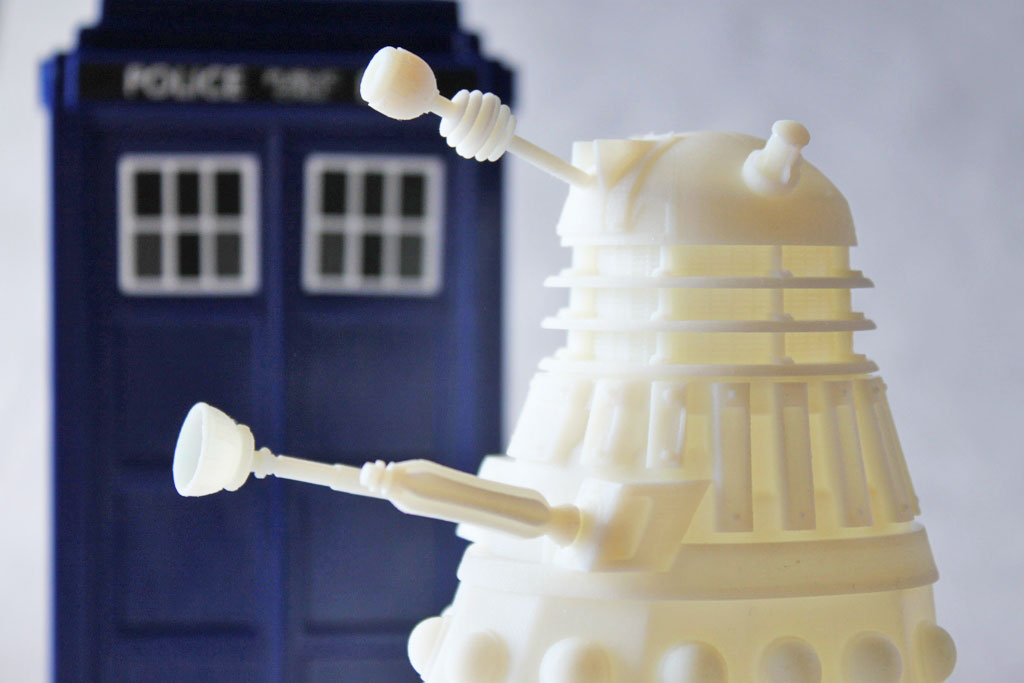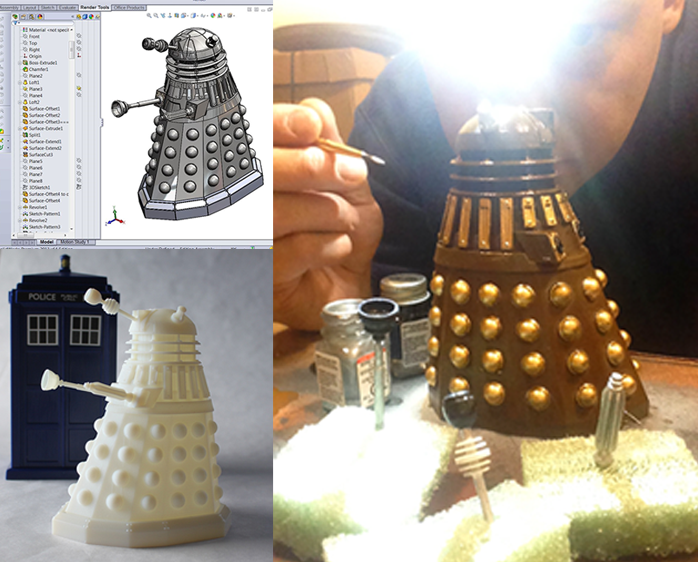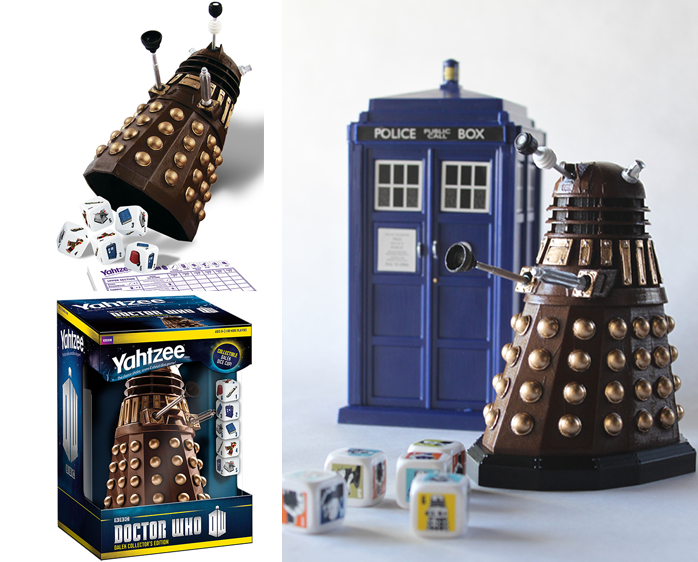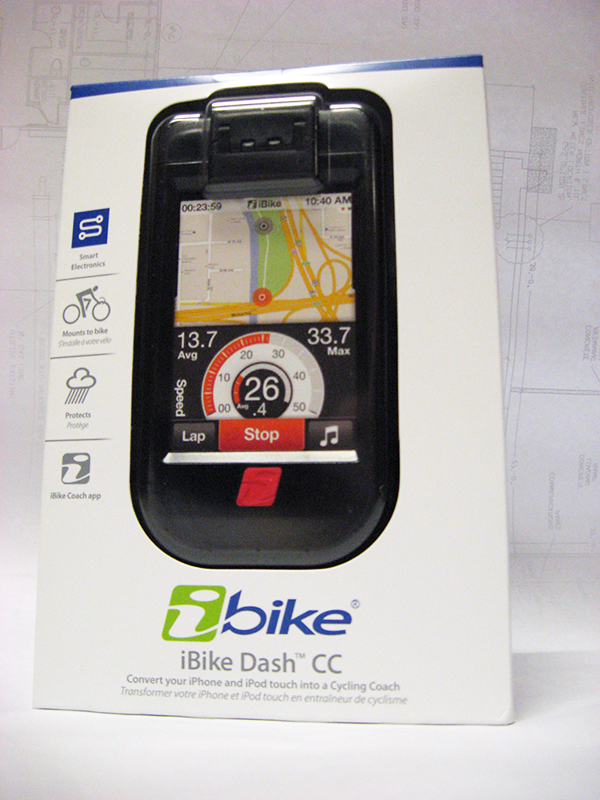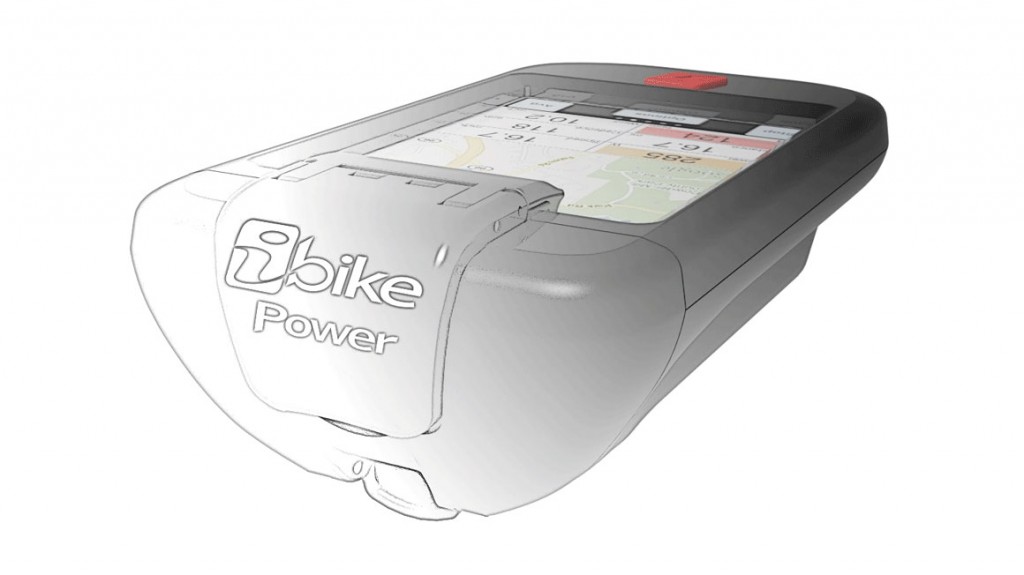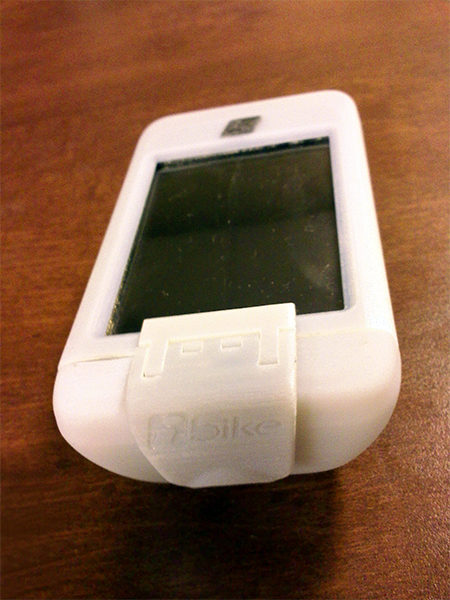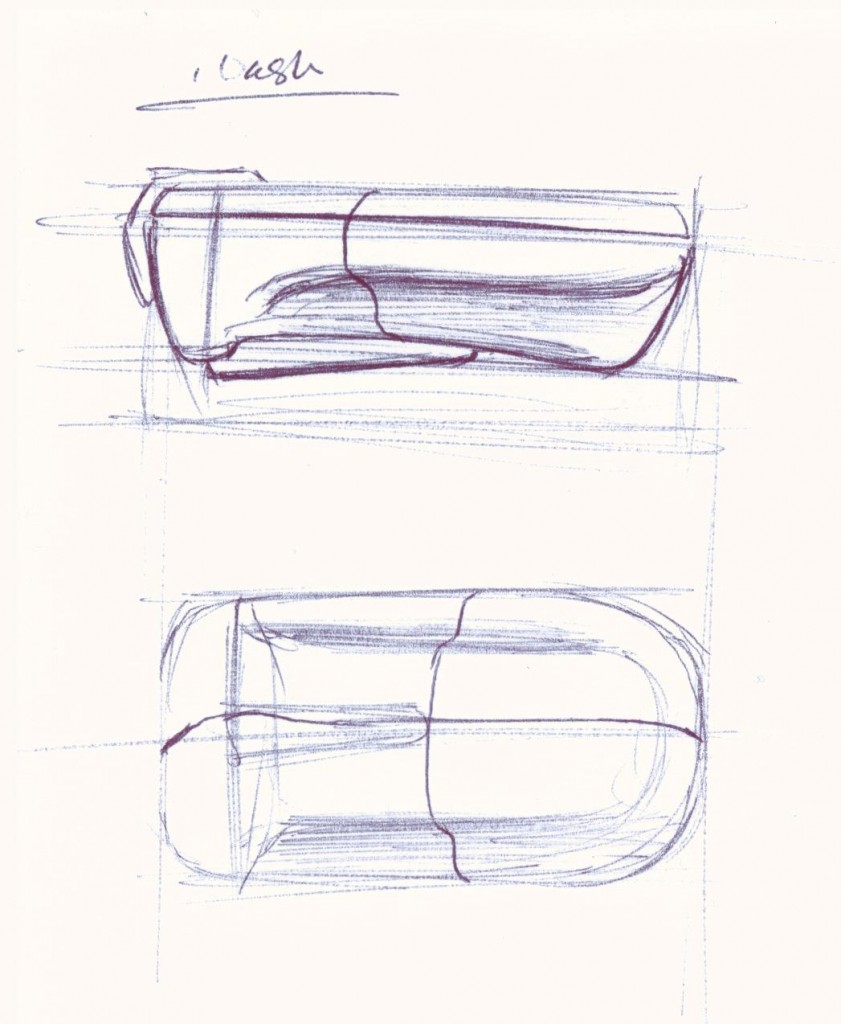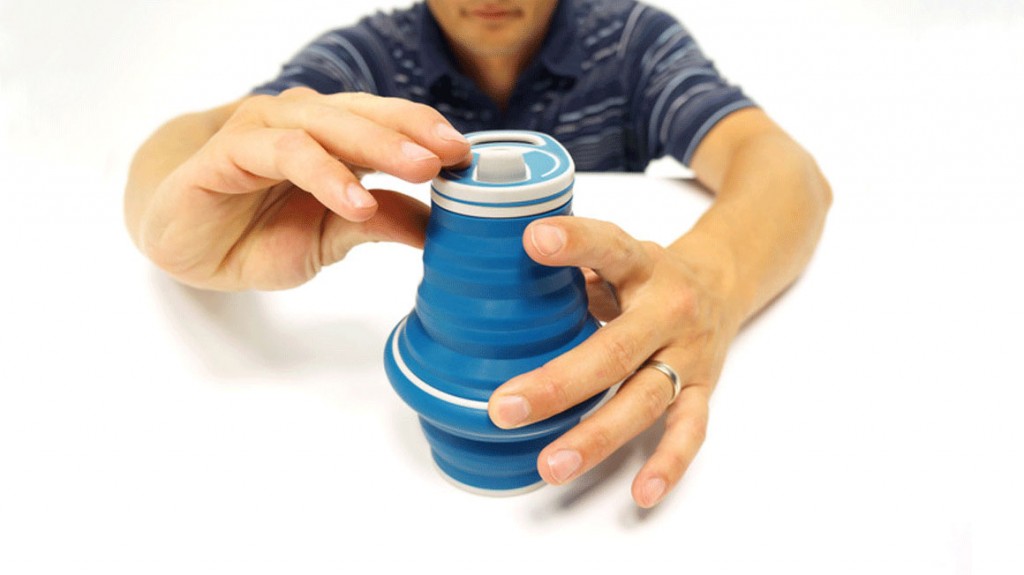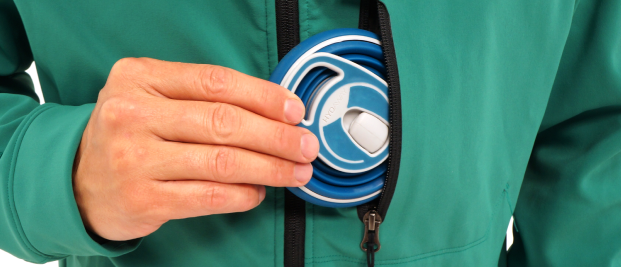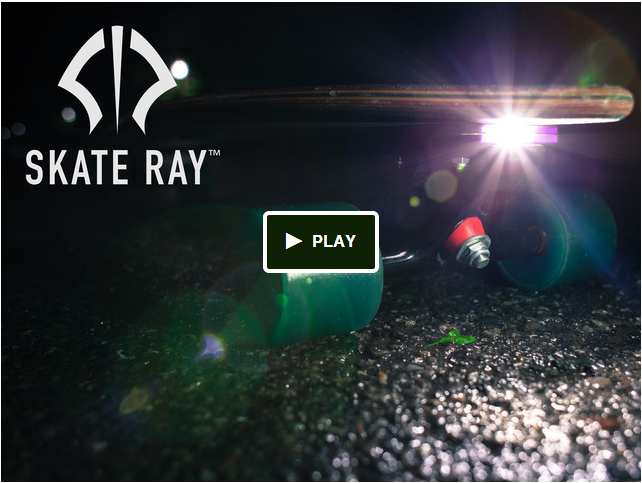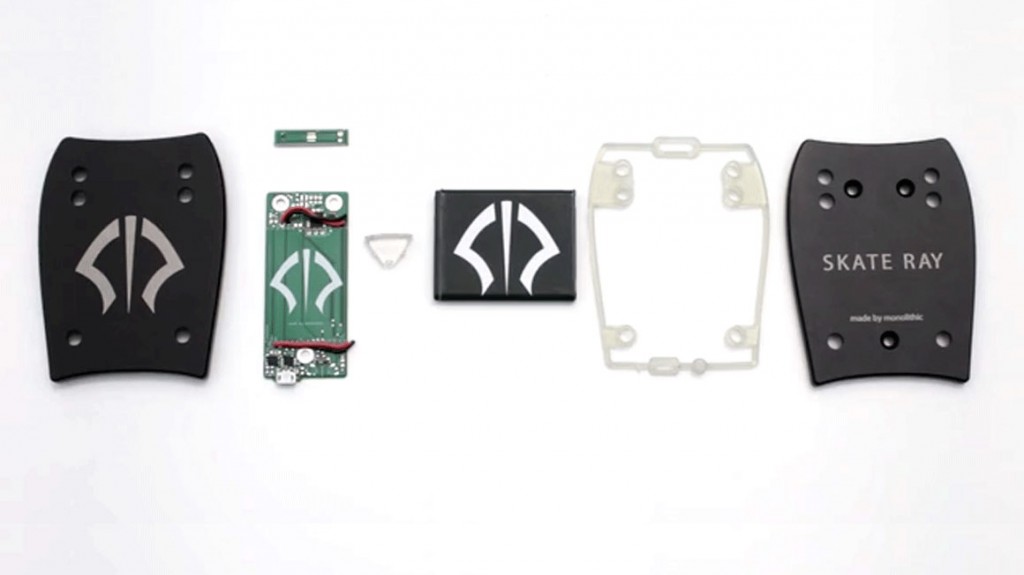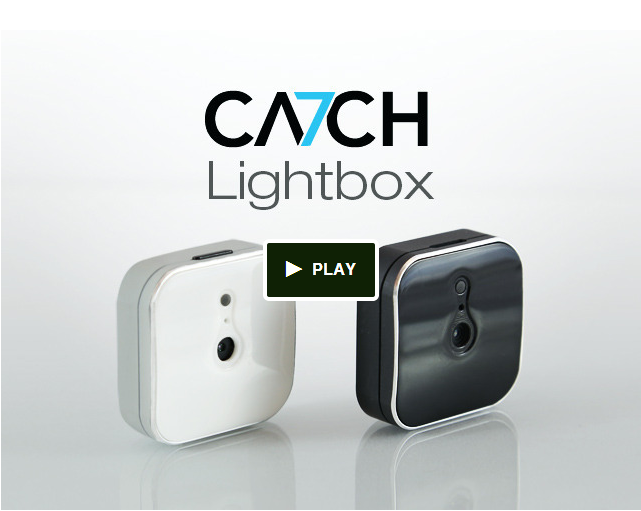The most gripping stories frequently revolve around an underdog who triumphs in the face of adversity. When an unlikely hero emerges from the slums or out of the mockery of others, we cheer. We are drawn to the “diamond in the rough” hero; likely because we all have a hidden treasure within that we hope to one day reveal.

As an inventor, I notice that a high percentage of animated films tell the story of underdog inventors. Tinker Bell tinkers and is teased for her engineering prowess. Flik, from A Bugs Life, is exiled because of his onslaught of outside-the-box inventions that, let’s be honest, rarely worked. Flint Lockwood in Cloudy with a Chance of Meatballs invents rat birds, hair-un-balder, a flying car and a troublesome FLDSMDFR, all of which lead to turmoil. Hiccup from How to Train Your Dragon builds a mechanical tail fin for an unconventional friend and is excommunicated by his father.

There must be something about the challenges placed before inventors that make this an exciting story line. I believe it is because inventors are natural underdogs. It’s not easy to shift paradigms by introducing a new way of doing something. Inventors see the world in a different light and are okay with asking “how could we build a better life?” Being fearless in the face of failure is what makes these champions successful. Like Edison, who after inventing over 9,000 light bulbs that didn’t work, said, “Success is almost in my grasp”. Over 1000 attempts later he succeeded and lit up the world.

In Disney’s Beauty and the Beast, Belle’s inventor father is ridiculed by the villagers who say, “Crazy old Maurice. He’s always good for a laugh!” This type of scorn often discourages creative thinkers. Children who have not yet experienced this oppression are still free to imagine and emulate characters like Rodney Copperbottom from the animated film Robots. Rodney, an aspiring inventor who starts out as a dishwasher’s son, battles the crooked corporate world for the sake of inspiring creativity and inventiveness.
Inventors, do not be discouraged! Creativity is a heroic trait. Failure is eminent and is better defined as a path-to-discovery than an ending.

The villains of inventors’ stories are the fear of failure and ridicule. Be like Jimmy Neutron, the boy genius dubbed the class nerd, and continue to break through in scientific achievement. Be like the heroic outcasts called Master Builders from The Lego Movie and veer from the assembly-line directions and build from your own imaginations. Battle with uniqueness like Despicable Me’s villainous hero Gru, who with the help of Dr. Nefario’s Fart Gun and Freeze Ray, triumph against Vector and his Squid Gun. Mash up ideas and try them out like, dare I say Sid, Andy’s troubled neighbor in Toy Story… perhaps another misunderstood inventor? I dare! I dare!
So outcast inventor or cartoon hero? Let’s take cues from these childhood characters who were dubbed outcasts, dreamers, nerds and crazy inventors. They were able to see the world for what it could be and kept on inventing as only Heroes do.

David Yakos is VP and Director of Creativity at Salient Technologies, Inc.
Photo Credits are as follows:
Tinker Bell, Walt Disney Animation
Flik, A Bug’s Life – 1998 Disney/Pixar
Flint Lockwood, Cloudy with a Chance of Meatballs – 2009 Sony Pictures/Columbia Pictures
Hiccup, How to Train Your Dragon – 2010 DreamWorks Animation
Maurice, Beauty and the Beast – 1991 Walt Disney Feature Animation
Rodney Copperbottom, Robots – 2005 Blue Sky Studios for Twentieth Century Fox
Master Builders, The Lego Movie – 2014 Warner Bros. Pictures
Jimmy Neutron, The Inventions of Jimmy Neutron: Boy Genius – 2002 Nickelodeon Animation Studio
Gru and Dr. Nefario, Despicable Me – 2010 Universal Pictures/Illumination Entertainment
Gru, Despicable Me – 2010 Universal Pictures/Illumination Entertainment







